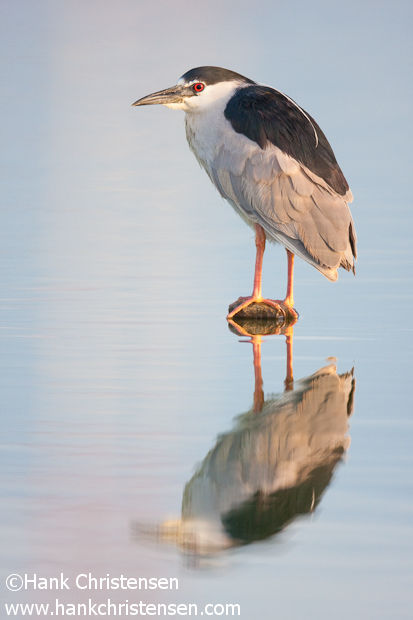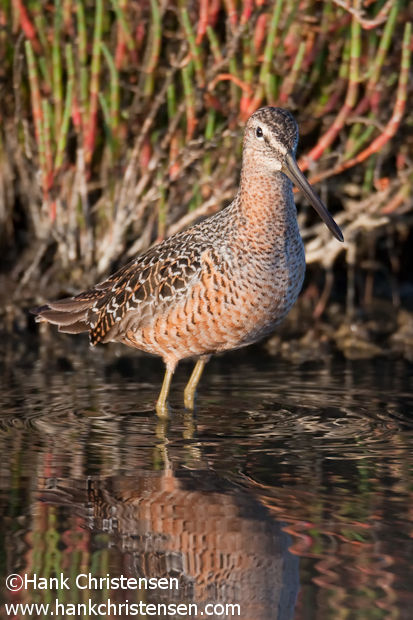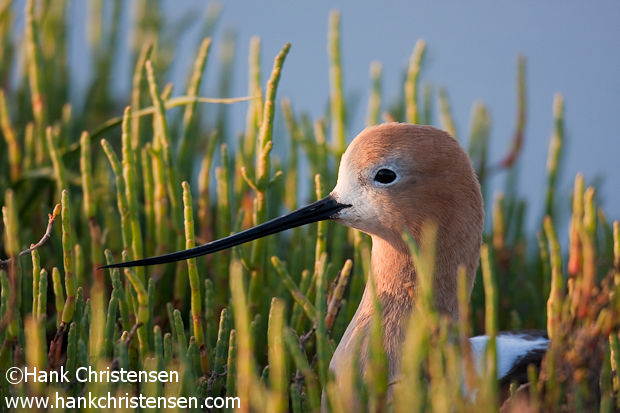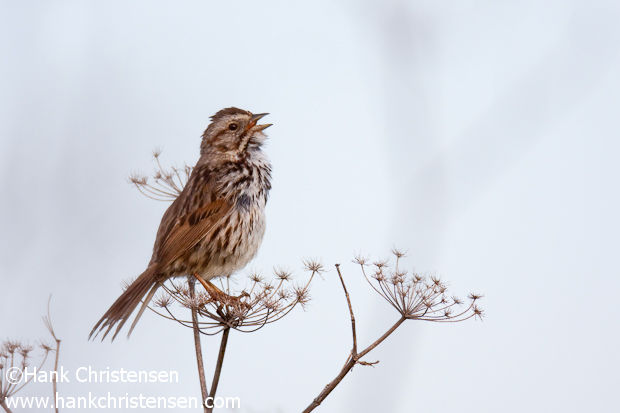
A couple of weeks ago, I saw a good opportunity for a minimalist portrait of a black-crowned night heron in beautiful light. It was dawn and I saw this heron perched in the middle of a small pond on top of a rock. The water was very still, accentuating the quiet of the morning. The background was the water behind the bird, which would blur into a pure solid. The placid surface created a nice reflection. What drew me to this composition was the lack of habitat (other than the rock on which the heron perched). I couldn’t have created a more fundamental portrait if I had posed the bird in a studio.



